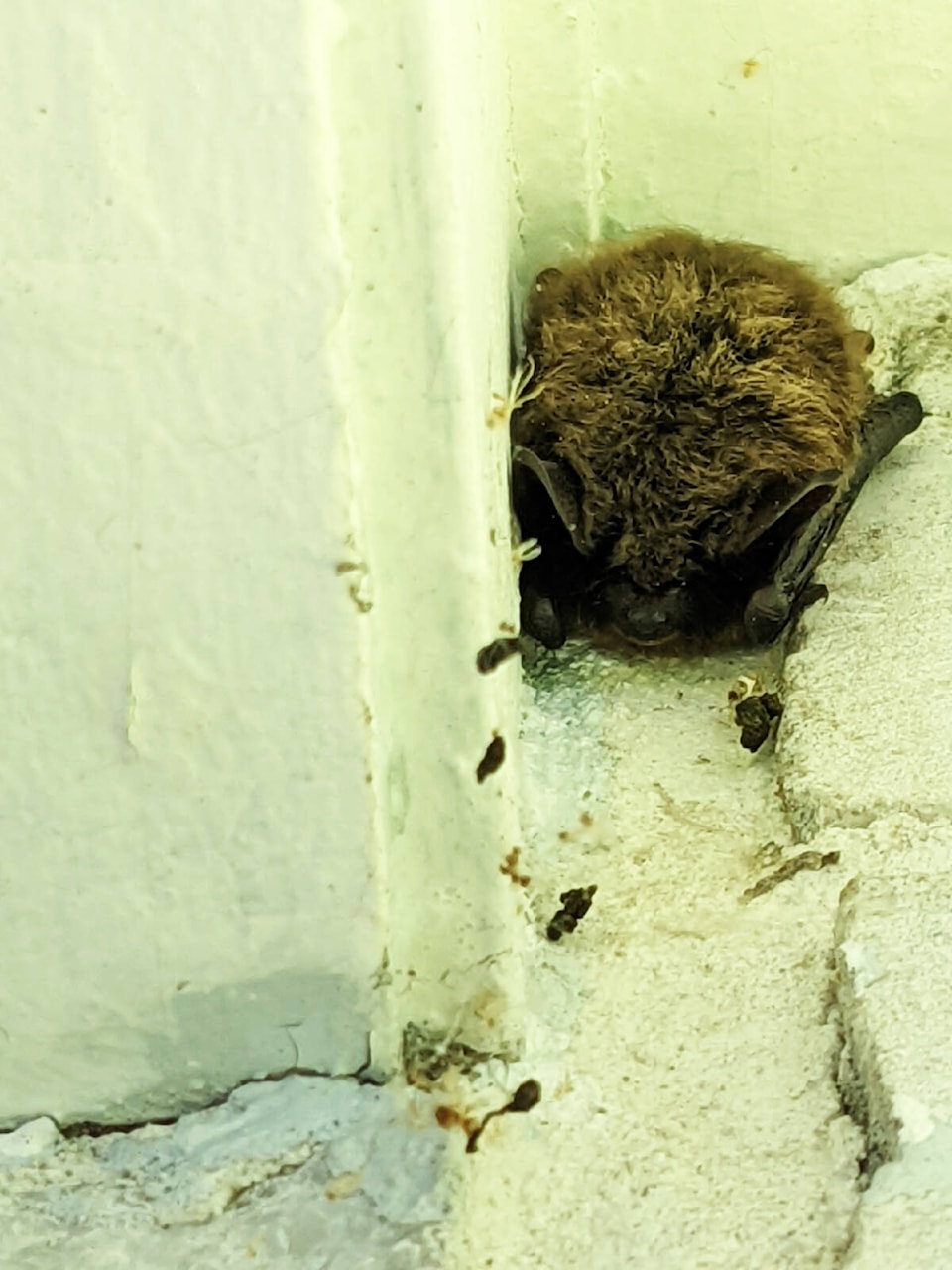The South Cariboo’s bats are migrating south to hibernate after an unusually warm fall.
Martin Kruus, the Cariboo regional bat co-ordinator for the B.C. Community Bats Program, said the warm days and nights meant flying insects were active well into October this year. Typically, bats are only active from April to September.
“They go into hibernation further south in the province, in the Thompson Okanagan Region, and will go to caves and mines,” Kruus said. “Sometimes you get a lone one hanging out, especially this fall.”
This year Kruus said he delayed the Cariboo’s bat counts due to the cool spring and the lack of bats. He said they try to count the bats before they have their pups.
“I think the lack of big heat waves in the South and Central Cariboo was a good thing for bats. There was a healthy mosquito population and there was no early frost or big heatwave to kill off bugs.”
As part of his role, Kruus is used to fielding questions on bats from across the Cariboo. He said of the 17 species that make B.C. their home, three of them can be found regularly around 100 Mile House and Williams Lake.
Kruus said the most common bat is the little brown myotis, an endangered species of mouse-eared microbats. An adult bat grows to the size of a human thumb and can weigh as little as six grams, he said. They live for up to 30 years and primarily eat mosquitoes.
“They’re really good at keeping the undesirable bug populations down.”
The big brown bat is the second most common. It tends to be larger than its small cousin, weighing up to 26 grams with a lighter brown fur colour. Kruus said they prefer slightly bigger spaces to roost in like barns and houses.
Kruus said the rarest bat in Cariboo is the spotted bat, known for its spotted coat and giant ears. The echolocation calls of the spotted bat are audible to the human ear, which is unusual.
They’re found only near Fox Mountain and Bull Canyon near Alexis Creek. Kruus said spotted bats prefer vertical cliffsides when roosting and no locations have been found around 100 Mile House, yet.
The little brown bat and the big brown bat, however, definitely make the South Cariboo their home.
“We have bat enthusiasts on Sheridan lake, in 70 Mile House and Forest Grove (who monitor them). Because there’s so much water there are lots of flying insects, which is quite a good bat habitat,” Kruus said. “These types of bats need to live fairly close to water. They emerge at sunset and fly to water to get rehydrated and then go bug chasing.”
While the bats are now hibernating, Kruus said steps can still be taken to make living with them easier. If bats roost in your barn or home and you don’t want them there he said he can help build a bat box in a nearby location that encourages them to relocate. These boxes are painted black and have openings facing south to make migration easier.
Kruus hosted a bat box workshop in October in Williams Lake and plans to host another in Quesnel in November. He said the South Cariboo is overdue and plans to organize one in the spring or fall of 2023.
In the meantime, Kruus asks the community to keep an eye out for any lone bats, especially if they emerged in the winter and have a white nose.
He said he is monitoring for white-nose syndrome, which has been found in Washington State but not B.C.
“White-nose syndrome is not harmful to humans at all but it grows on the bats’ body when they’re hibernating. It irritates them, like having an itchy rash. It wakes them up and makes them use more energy while they’re hibernating and because they’re relatively light creatures they’ll run out of energy earlier and not be able to get back to feeding.”
If you notice any unusual bat behaviour or find a dead bat Kruus said the public can report it at bcbats.ca.
patrick.davies@100milefreepress.net
Like us on Facebook and follow us on Twitter/p>
